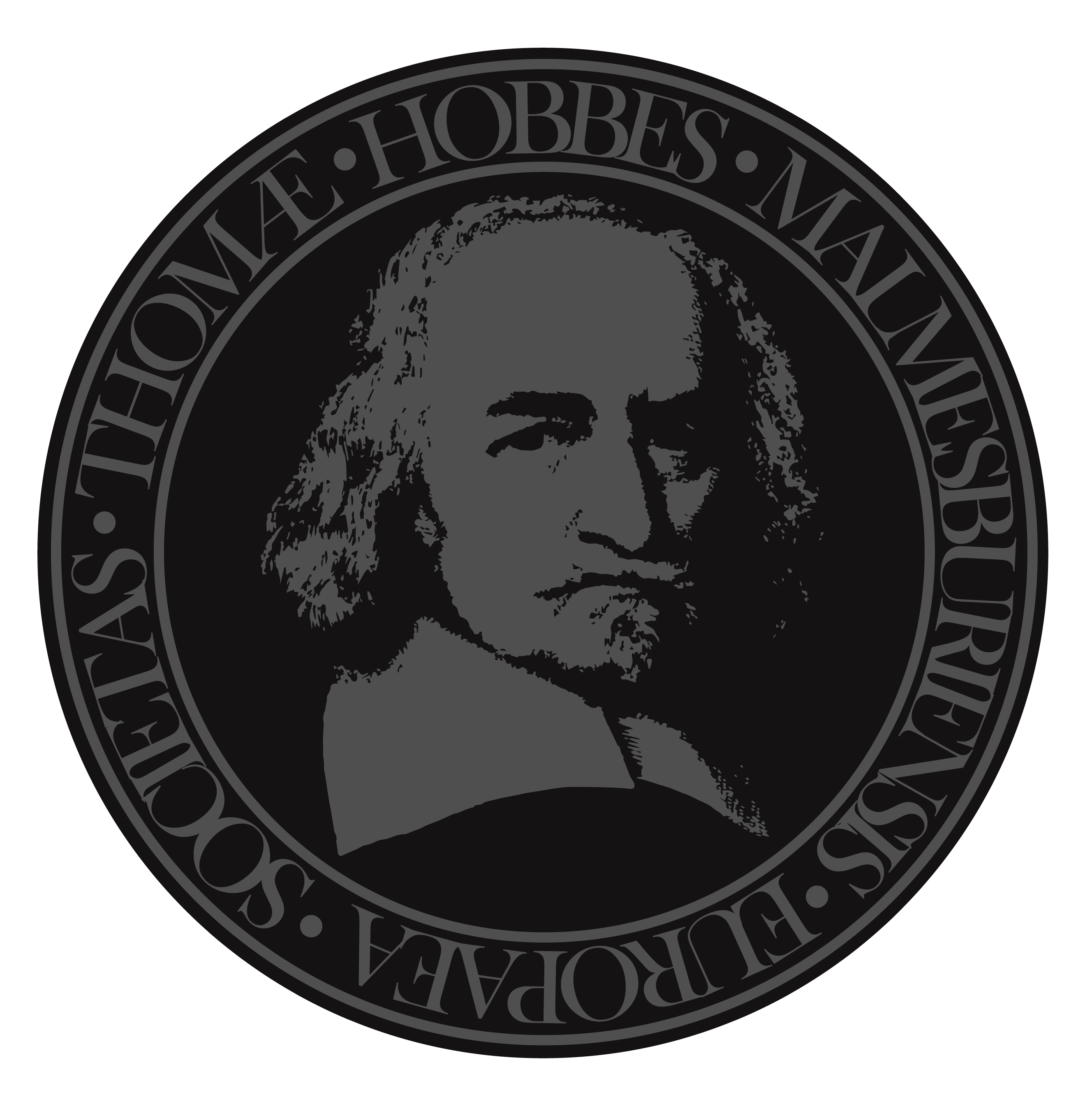Article: ‘Ferox or Fortis: Montaigne, Hobbes, and the Perils of Paradiastole’ (Rachelle Gold, Jim Pearce)
Rachelle Gold and Jim Pearce: ‘Ferox or Fortis: Montaigne, Hobbes, and the Perils of Paradiastole’, Philosophy and Rhetoric, 48, 2 (2015)
Abstract: Between the publication of Montaigne’s Essais (1588–1595) and Hobbes’s Leviathan (1651) rhetors became increasingly anxious about arguing in utramque partem. Paradiastolic discourse, fundamental to Montaigne’s early essays, is anxiously though expertly deployed in Leviathan. Paradiastole fuses the ability to see and speak about an issue from antithetical perspectives with the ambivalence such power arouses in. Beyond their skepticism, Montaigne and Hobbes share a concern for how phenomena can be interpreted and represented through language. Despite Hobbes’s desire for a method that would ensure constant and determinate linguistic acts that would render rhetoric supererogatory, Leviathan demonstrates his unremarkable affinities with mainline Renaissance humanists alongside his uneasy affinities with the Sophists. Both the humanist and the Sophist used the trope to probe and to persuade, though both were anxious about the reversibility of such rhetorical redescriptions. Paradiastolic discourses, we argue, integrate the cognitive procedures of philosophy with the judicative procedures of rhetoric. The trope operates through exploiting the reciprocity between similar qualities, as exemplified by the influential paradiastolic pairing of ferox and fortis.




